Harnessing the Expertise of 1st Military Police Battalion in Battlefield Clearance Teams
The modern battlefield is increasingly complex, characterised by dispersed operations, hybrid threats, and a heightened requirement for information exploitation at speed. Within this environment, the Australian Army must ensure that every soldier and every capability is employed to its maximum potential. The 1st Military Police Battalion (1 MP Bn), as the Army’s primary provider of policing effects, offers unique expertise in the processing of Prisoners of War, Internees and Detainees (PWIDs), evidence handling, and scene security. Yet, these capabilities are often under-utilised or poorly integrated when working alongside other force elements such as infantry and armour. 1 MP Bn shine when placed into in Battlefield Clearance Teams (BCTs). To achieve operational success, the Army must reconsider how MPs are trained, deployed, and employed in BCTs – enabling them to provide critical expertise that enhances tactical outcomes while contributing to the broader operational and strategic picture.
There is the ever on-going joke of MP getting the soldiers doing 41km/h in a 40 zone, but this essay argues that the integration of the field MP element of 1 MP Bn into BCTs is not simply a supporting function but a force multiplier. MPs bring specialist skills that preserve combat power, support the commander’s decision-making, and safeguard Australia’s compliance with the laws of armed conflict. The essay will first explore the role of MPs within BCTs, identify current challenges to their effective employment, and then propose a solution: embedding MPs in collective training and mission rehearsal with infantry and other force elements to ensure seamless integration.
The Role of Military Police in Battlefield Clearance
To put it simply, BCTs exist to consolidate gains in the aftermath of combat by recovering casualties, handling enemy combatants and materiel, and assisting the injured while allowing other force elements to continue the fight forward. Within this framework, MPs provide three indispensable functions:
- Processing PWIDs: MPs are trained in back-loading, detainee handling, and the establishment of Capture Assembly Points. By processing PWs professionally and quickly, they generate time-sensitive intelligence that directly supports follow-on operations.
- Evidence and Scene Security: MPs ensure battlefield evidence – ranging from documents to weapons and biometric data – is preserved, catalogued, and transferred to intelligence callsigns or judicial authorities. In modern conflict, where adversaries often operate as non-state actors or hybrid forces, evidence exploitation is critical to dismantling networks and achieving long-term objectives.
- Legal and Ethical Compliance: MPs safeguard the Army’s reputation by ensuring adherence to the laws of armed conflict, Geneva Conventions, and rules of engagement. In the face of adversaries who may deliberately attempt to provoke misconduct for propaganda purposes, MPs provide a professional buffer that mitigates strategic risk.
While infantry and other force elements possess the combat power to seize and clear, MPs ensure that the aftermath of those actions is exploited lawfully, ethically, and effectively, rolling into the area with medics, engineers, and logistics. Without their input, the Army risks losing valuable intelligence, putting strain on resources to black-load PWIDs, and exposing itself to legal and reputational harm.
Current Challenges to Effective Employment
Despite their specialist capabilities, MPs are often relegated to a peripheral role within BCTs. Two key challenges contribute to this problem:
- Lack of Integration in Training: Infantry and combat units frequently train without MP participation, resulting in limited mutual understanding of roles, procedures, and capabilities. When MPs are added to BCTs in-theatre, friction arises from unfamiliarity and mismatched expectations.
- Underestimation of MP Expertise: Within the combat arms, MPs are sometimes perceived as enforcers of discipline rather than contributors to operational success. This cultural perception diminishes their authority and constrains commanders from fully exploiting their skills in detainee handling and evidence exploitation.
These challenges prevent MPs from delivering their full value to the force, and they leave commanders without the critical tools MPs provide for consolidating gains.
The Operational Imperative for MP Integration
The character of war is shifting in ways that amplify the importance of MPs in BCTs. Adversaries increasingly employ irregular tactics, blending into civilian populations and leveraging propaganda to shape international opinion. In such environments, the exploitation of detainees and battlefield evidence is as important as the seizure of ground. MPs provide commanders with the ability to transition quickly from tactical victory to operational exploitation, ensuring that intelligence is gathered, legality is maintained, and legitimacy is preserved.
In coalition or multinational contexts, Australia’s allies already recognise the central role of military policing in clearance operations. For example, NATO doctrine explicitly identifies military police as integral to detainee operations and evidence handling. By failing to adequately integrate MPs into BCTs, the Australian Army risks falling behind its partners and limiting its interoperability.
Proposed Solution
The solution lies in deliberately embedding MPs into the collective training cycle of infantry and combat corps, ensuring that their specialist expertise is not an afterthought but a core enabler of BCT operations. This requires three mutually reinforcing initiatives:
- Integrated Training: MPs must participate in combat brigades’ field training exercises, combat team training, and mission rehearsal exercises. Training scenarios should incorporate detainee handling and evidence exploitation as core mission tasks, not peripheral injects. By training together, MPs, infantry, and other force elements will develop the mutual understanding and trust required for seamless battlefield integration.
- Doctrinal Development: 1 MP Bn and the wider army must refine doctrine to clearly articulate MP roles within BCTs, providing commanders with practical guidance on task organisation, reporting chains, and tactical procedures. This doctrine should emphasise MPs as enablers and PWID specialists, not merely rear-area custodians.
- Specialist Skills Expansion: MPs should receive enhanced training in battlefield evidence collection, vehicle training, and infantry SOPs to ensure they can operate effectively in the dynamic front-line environment. Additionally, cross-training opportunities should allow infantry and combat personnel to gain a basic understanding of MP functions, further reducing friction.
Through these measures, MPs will shift from being seen as a supporting function and an encumbrance to being recognised as a force multiplier.
Benefits of the Solution
Embedding MPs in collective training and doctrine will deliver multiple benefits to the Army:
- Operational Effectiveness: Commanders will gain timely access to intelligence derived from PWIDs and evidence, enabling faster decision-making and exploitation of enemy weaknesses.
- Legal and Ethical Assurance: The presence of MPs will safeguard compliance with laws and conventions, reducing the risk of strategic setbacks caused by misconduct or mishandled detainees.
- Interoperability: By aligning with coalition partners’ practices, the Army will enhance its ability to contribute effectively to multinational operations.
- Professional Respect: Integration will elevate the standing of MPs within the Army profession, demonstrating their contribution as critical enablers of combat power rather than ancillary actors.
Ultimately, this approach ensures that every element of the Army contributes to the fight in a manner that maximises its unique capabilities.
Counterarguments and Rebuttal
Some may argue that embedding MPs in BCT training consumes scarce resources and detracts from their policing role within barracks. However, this view fails to recognise that operational effectiveness must take priority over garrison duties and the whole reason that 1 MN Bn exists. MPs exist to enable the Army in war, and their peacetime tasks should be balanced against this higher purpose.
Others may claim that infantry and combat corps can perform basic detainee handling themselves. While this is true at a rudimentary level – such as the common capture procedure – these tasks are often performed hastily under combat pressure, leading to mistakes with serious legal and operational consequences. MPs bring a level of professionalism and rigour that cannot be replicated without specialist training.
1 MN Bn represents an under-utilised asset in Battlefield Clearance Teams. By providing expertise in PWID processing, evidence handling, and scene security, MPs ensure that tactical gains are consolidated, intelligence is exploited, and Australia’s legal and ethical obligations are upheld. Yet, their value is too often diminished by a lack of integration, cultural misunderstandings, and commanders not using MPs to their full potential.
The solution lies in embedding MPs within the collective training cycle of infantry and combat force elements, refining doctrine to clarify their role, and expanding their specialist skills. This approach will transform MPs from a peripheral support capability into a central enabler of operational success.
As the Army prepares for future challenges in increasingly complex environments, it cannot afford to neglect the capabilities of its own force elements. Harnessing the expertise of 1 MP BN within BCTs is not merely desirable, it is operationally essential. By training, deploying, and employing MPs alongside combat forces, the Army will enhance its effectiveness, safeguard its reputation, and ensure it remains a professional and adaptive force capable of meeting the demands of modern warfare.
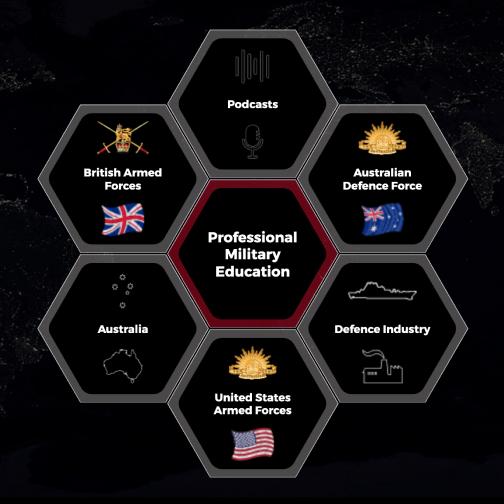


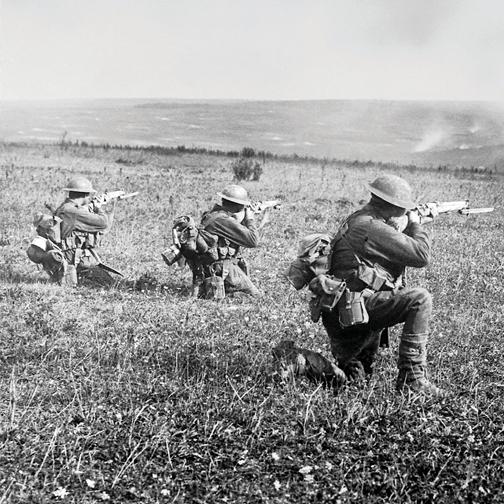


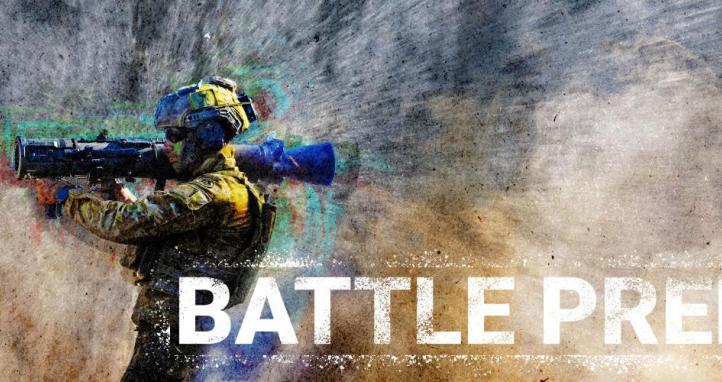
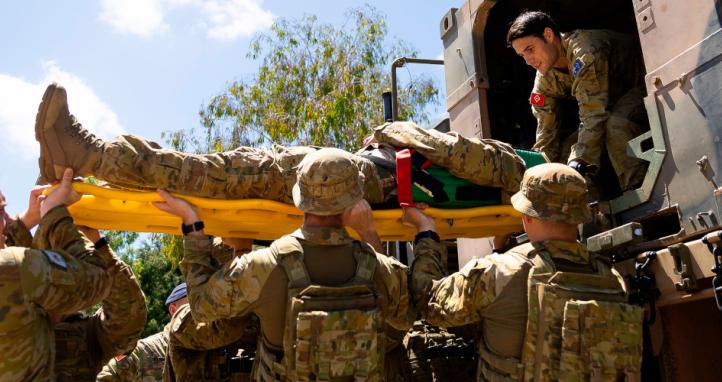
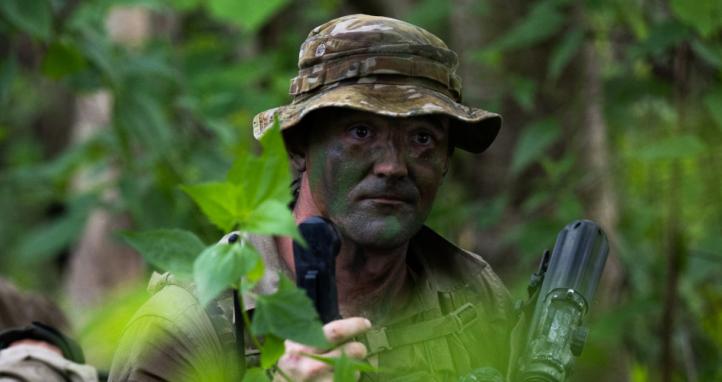
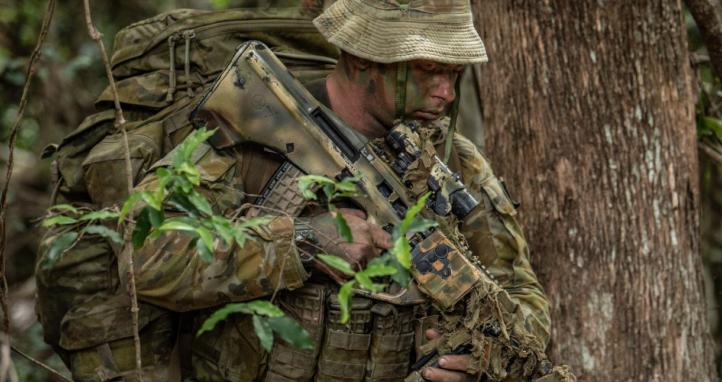
Sounds like a good training program